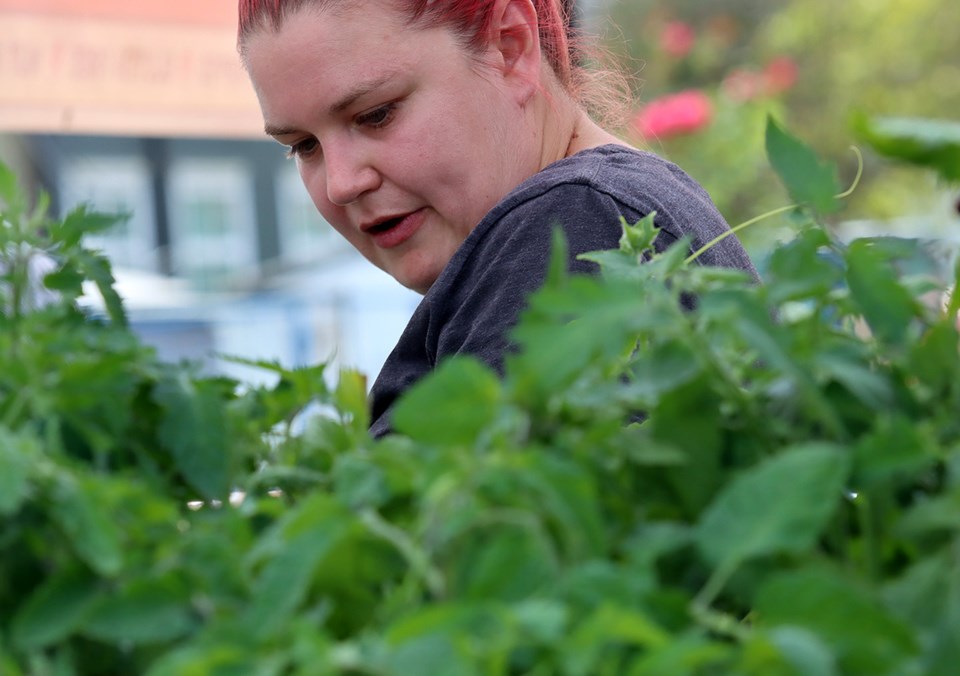The demand for community gardens is so high in the Tri-Cities, you could wait up to seven years for a spot in places like Colony Farm Regional Park, according to a new report.
In Port Coquitlam, the city says the average wait is two years or more for a spot in one of two community gardens.
Raised garden beds at the new Port Coquitlam Community Centre (PCCC) were so desirable, there were 190 applications for just 16 spots.
As more people move into tower condos and low-rise apartments, the demand for community gardens appears to be skyrocketing with more than 1,000 people on waiting lists.
Are micro-community gardens on unused lanes and boulevards the answer?
Many developers are putting in community gardens and, in Vancouver, they get tax breaks for putting in gardens while projects await construction.
In Victoria, you can get a grant to start a small community garden.
But is it enough?
Port Coquitlam's two community gardens are at Elks Park and Central Park, and both are closed to new applications.
More community gardens are needed, but the problem is, where should they be located?
Port Coquitlam is looking at how city-owned land could be used for urban farming — from micro community gardens on boulevards and lanes, to under-utilized areas in parks or even on larger properties owned by the city.
Aggie Park — identified as a good location — is a front runner because of its proximity to 800 homes, good soil, sun exposure, access to water and washrooms.
Council was told with design, construction and $25,000 in capital spending, the northside park could be up and running for over-wintering vegetables by fall.
However, the proximity to a baseball diamond raised concerns.
"If you look at the dimensions of that field, most of the families who are going to be picnicking or whatever, move away from the baseball field into that corner because there's a playground there right beside it," noted Coun. Steve Darling.
Other councillors suggested the Aggie Park location should be approved due to the great demand and need.
"It's not the best, but at least we're doing something," acknowledged Coun. Darrell Penner.
"You know we can sit on our hands and talk about how we can wait for how it should be or we can just get off our butts and get it done."
Three other parks have been identified as possible locations, including Blakeburn, Fox and Hyde Creek, but all lack washrooms, have fewer people nearby or would need more work.
Blakeburn, for example, is considered too muddy.
What's next for community gardens in Port Coquitlam?
The city owns properties within the Agricultural Land Reserve, including 12 acres at 337 Prairie Ave., and Coun. Dean Washington believes it should be used for a community garden because it would feed more families and be more practical for farming than a small plot.
According to staff, most plots suitable for community gardens are approximately 100 to 150 sq. ft. — although some are as large as 300 sq. ft.
Council was told the community gardens are more for people who don't have property; they may live in an apartment, but want to raise their own vegetables.
For Coun. Washington, utilizing city properties that are larger and could feed more people makes more sense than carving out a parcel of land from a city park.
Councillors agreed to consider a new community garden using the approved capital funding and asked for a report to do a detailed program design and preparation for piloting a micro-community garden program and evaluate city-owned sites for community garden suitability.
"This is an exciting opportunity for the city to really build on its food security issues," said Coun. Laura Dupont.
"The northside obviously needs something and has for quite some time."




